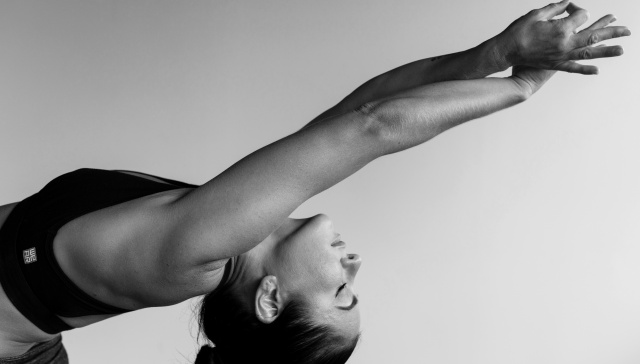Meditation
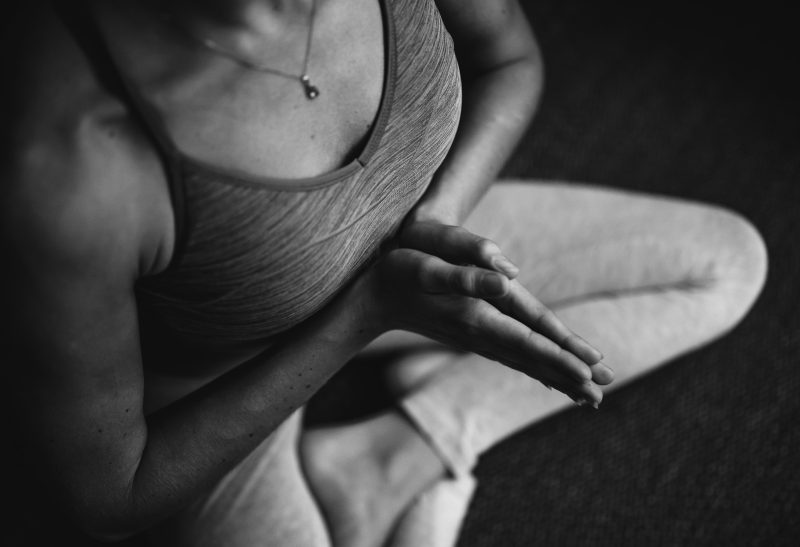
The History of Meditation
The histories of Meditation and Yoga are closely linked. Early mentions of Meditation as a spiritual and religious exercise date back to around 1,000 BCE to 500 BCE in sacred writings known as Upanishads, which form the foundations of Hinduism. These visions were turned into physical practices. Early written records of Meditation as part of the Buddhist practice, where meditating is a step on the path towards salvation, date back to around 100 BCE, found in the Indian sutras of the Pāli Canon.
Just as Yoga travelled to the West and gained popularity, so too has the practice of Meditation. In the 1960s, the rise of communism in Asia led many teachers to take refuge in western countries. With this came a shift in Meditation practice from spiritual to secular, aligning with western ideologies, focusing on wellness, personal improvement, and stress reduction.
Meditation Practice
There are many different ways to practice Meditation. It’s widely believed that meditating daily will significantly benefit your mental and physical health. Isolated sessions will not produce immediate results. Meditation is a lifelong practice, not an instant process.
Some types of Meditation are more spiritual, while others are more beneficial for cognitive development and focus. Mindfulness Meditation is one of the most common practices in western society, using a constant such as your breath as an anchor to draw back to when the mind wanders.
Kindness Meditation helps foster compassion for the people and world around you, while Kundalini Meditation, intrinsically linked to the Yogic practice, focuses on moving energy up the spine through the seven chakras.
Who Can Practice?
Anyone can practice Meditation regardless of age, health or physicality. It’s not an active exercise, but will benefit your body, helping to reduce stress, anxiety and even high blood pressure. Depending on your flexibility, you may want to choose to sit instead of kneel, especially if you’re a beginner. You can start with as little as ten minutes a day and grow your practice as your comfort and capacity develops.
Meditation Classes
There are two main differences in the way a class may be led, Guided versus Unguided or Silent Meditation. Guided Meditation is great for beginners as a teacher will talk you through your practice, keeping you on track, helping focus your awareness and drawing attention to the feelings your body and mind will be going through. In a Silent practice, you meditate alone without someone explaining the process. You need to have some experience of Meditation and the different techniques employed to be able to get the most from an Unguided experience.
Some techniques used may include a mental scan of the body, bringing attention to any discomfort or pain that might have gone unnoticed, noting your thoughts or feelings as they pass by during Meditation, or replacing the focus of your breath with a visualisation and noting any feelings this may bring up.
Our Meditation teachers
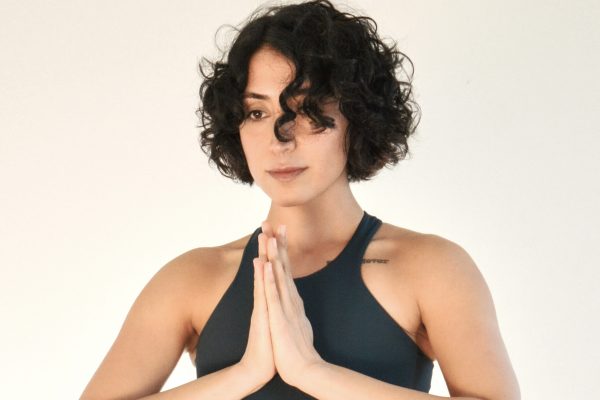
Mia Nazari

Georgia Gojkovic
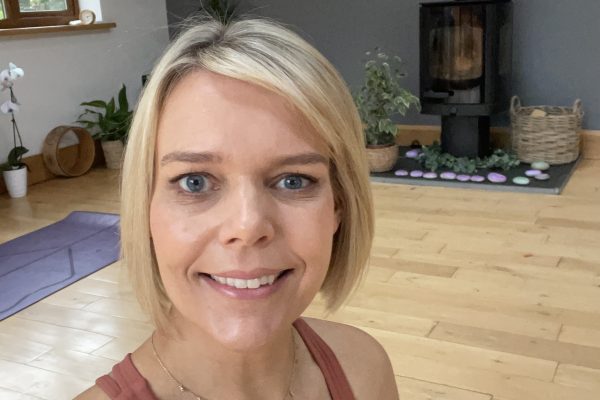
Joanna Roffey

Kayleigh Goodman

Tammy Mccann

Ian Clark

Kara Barrett
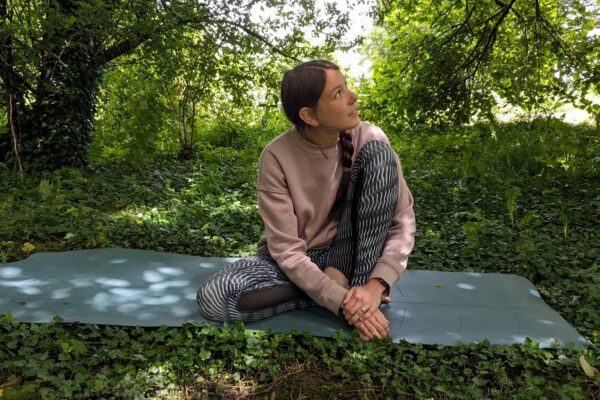
Laura Waddoups

michael salmon

Emma Taylor

Christel Thimont
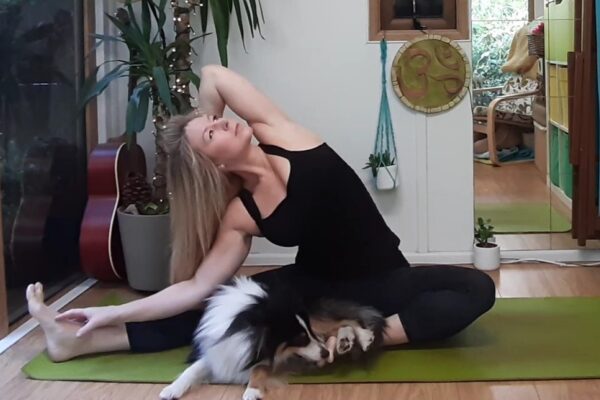
 Live Yoga Teachers
Live Yoga Teachers
